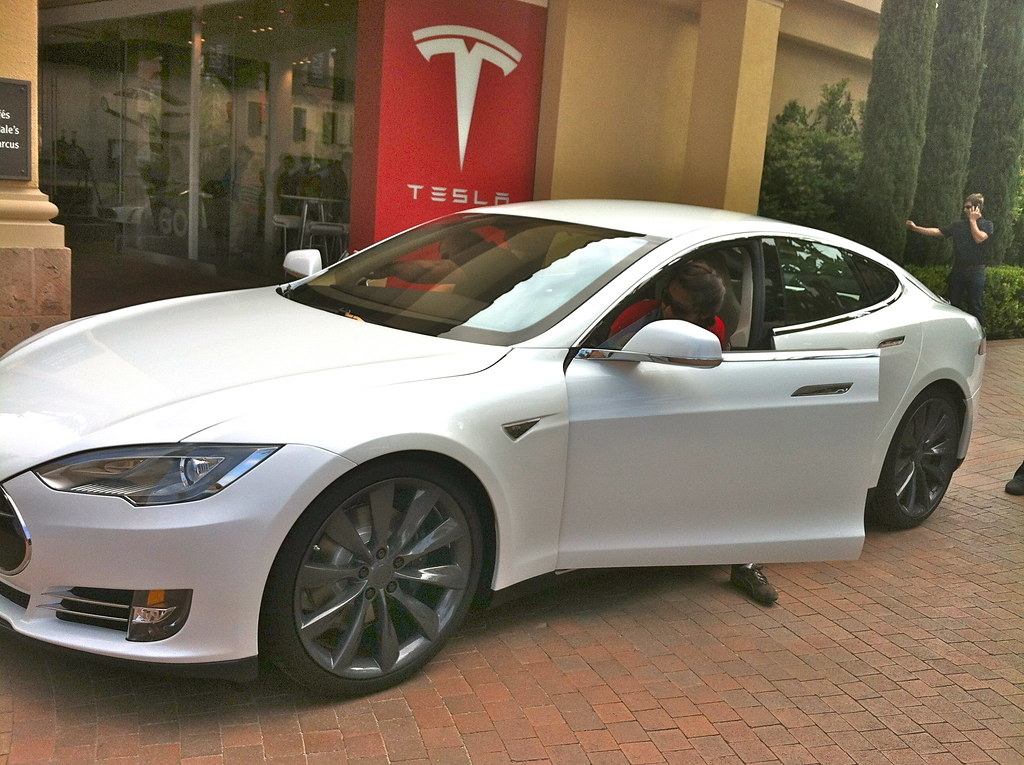The Bold 2026 Mandate Sets the Stage
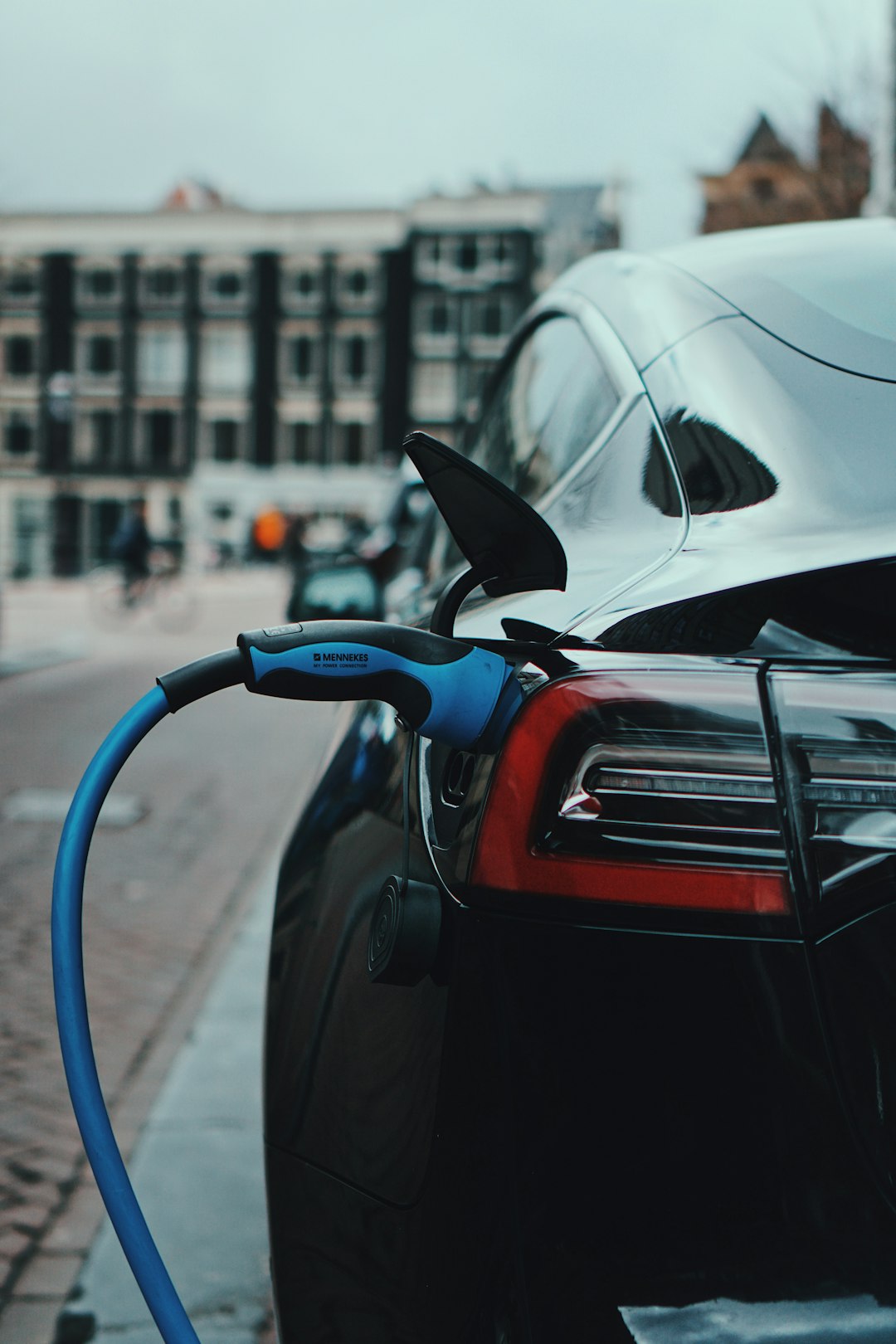
California’s zero-emission vehicle mandate is about to make history in 2026, but the journey to get there hasn’t been smooth. Starting next year, at least 35% of manufacturers’ new passenger car and truck sales must be electric vehicles, plug-in hybrids or hydrogen-fuel cell vehicles, creating the most aggressive automotive shift in American history. About 23% of all new cars sold in California were zero emissions during the first three months of this year, compared to 25% for all of 2024 and 2023, showing the state still has ground to cover. Californians purchase between 1.7 million and 2 million new vehicles each year, making this mandate a massive market transformation. The stakes couldn’t be higher – this isn’t just about California anymore.
The Political Battle Reaches Washington
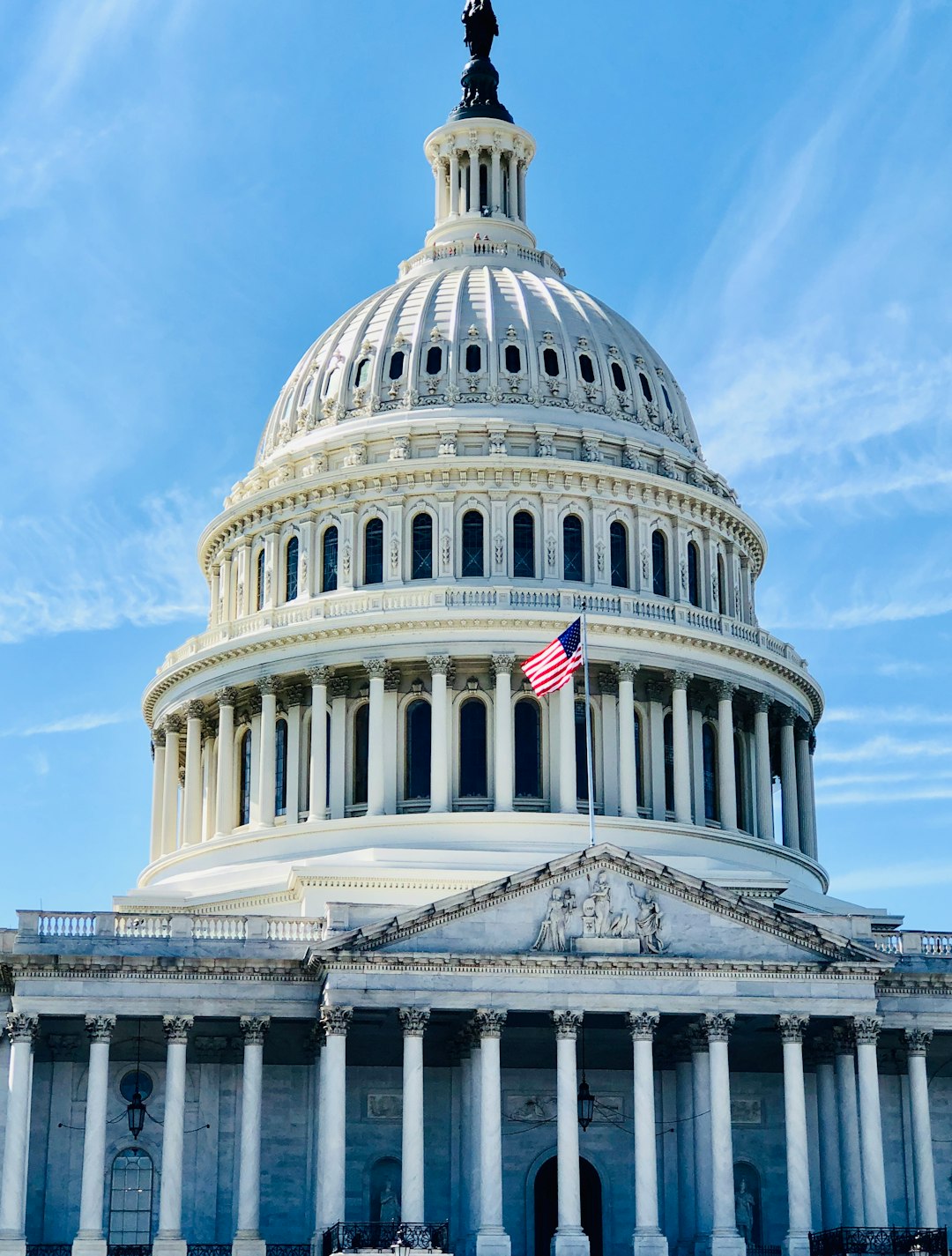
The fight over California’s ZEV mandate exploded into a full-scale political war in 2025. Fifty-one senators voted to rescind the electric car mandate waiver, while 44 voted against it, marking a historic congressional intervention into state environmental policy. The Senate action follows an April 30 vote in the U.S. House of Representatives that shocked environmentalists because 35 Democrats joined Republicans to block California’s electric car mandate, including two California Democrats from the state’s smoggiest regions. President Donald Trump has long opposed California’s unique authority to set its own limits on emissions from cars and trucks, issuing executive orders aimed at eliminating federal and state electric car regulations. California plans to sue, saying it’s an unlawful act, setting up what could become the environmental battle of the decade.
The Numbers Don’t Lie About Current Progress
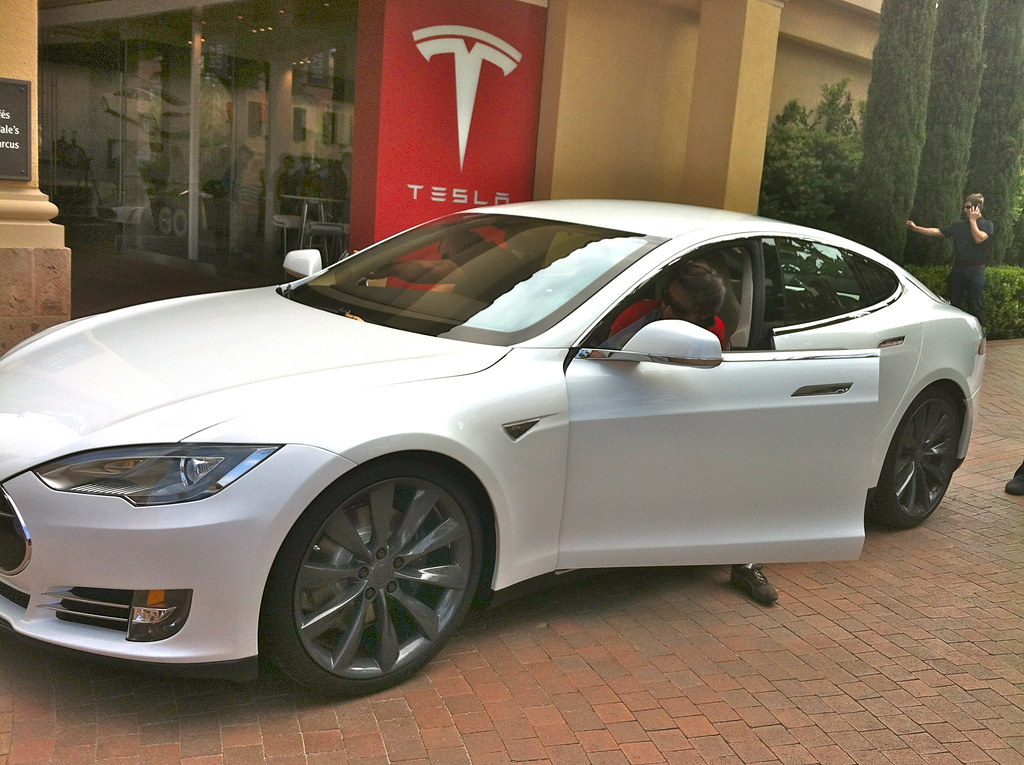
Despite the political turmoil, California’s electric vehicle market shows both promise and challenges. There are about 13 million cars on the road in California; about 2 million meet the state’s definition of zero-emission now, representing a solid foundation but highlighting the massive work ahead. Californians own 2.2 million zero-emission cars; about 150 models are now sold in the state, 40% more than a year ago, according to the California Energy Commission. After surges in recent years, sales of ZEVs, as they are dubbed, have recently flattened out, raising questions about whether the ambitious targets are realistic. The market momentum shows both the potential and the obstacles facing this transformation.
Advanced Clean Cars II Redefines the Game
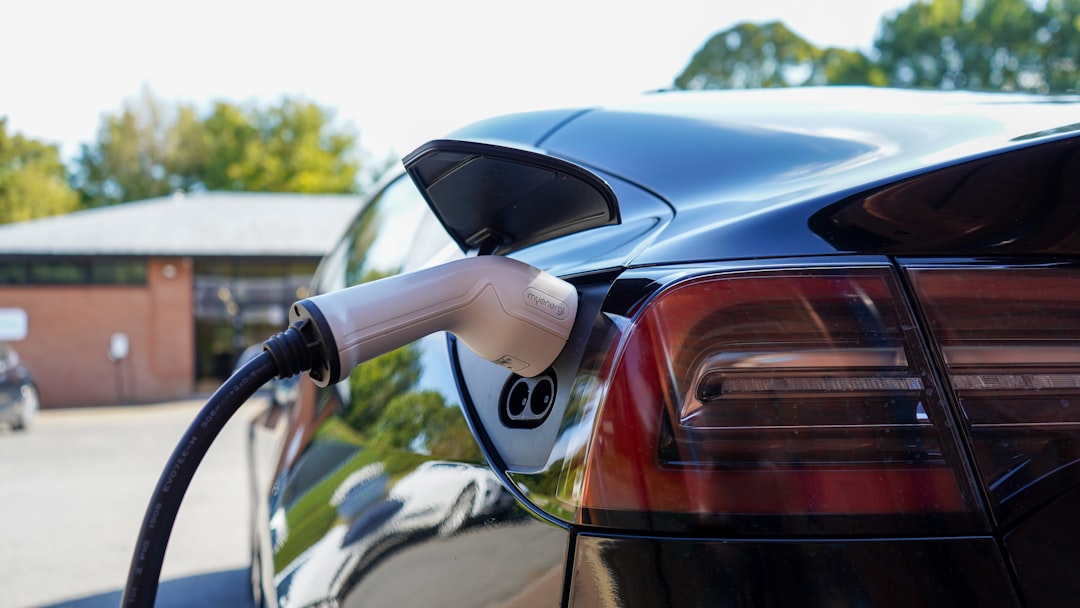
The Advanced Clean Cars II regulation represents California’s most ambitious environmental policy yet, extending far beyond the 2026 targets. Under California’s mandate, 35% of new 2026 model cars sold in the state must be zero-emissions, ramping up to 68% in 2030 and 100% in 2035, creating a clear roadmap to eliminate gas-powered vehicles entirely. The California Air Resources Board recently approved a rule that would require 100 percent of new light- and medium-duty vehicles sold in the state to be zero emission vehicles (ZEVs) by 2035, marking the most aggressive automotive transformation in U.S. history. The regulation aims to achieve a 25% reduction in smog-causing pollution from light-duty vehicles by 2037, targeting nearly $13 billion in cumulative avoided health impacts from 2026 through 2040. The scale of this transformation is unprecedented – it’s not just changing cars, it’s reshaping an entire economy.
Other States Jump on the Bandwagon
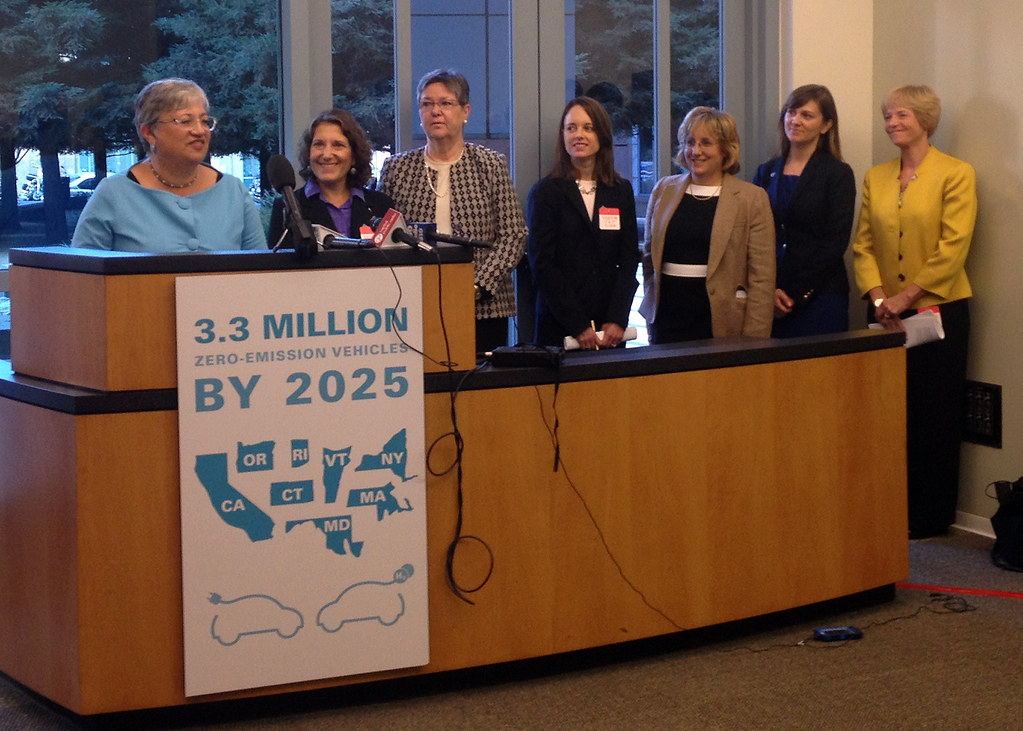
California’s influence extends far beyond its borders, with multiple states adopting similar mandates. Other states can’t set their own standards, but they can opt to follow California’s, and about a dozen have adopted its zero-emission rule, creating a market that represents more than 30% of the U.S. auto market. To date, 17 states have adopted all or part of California’s low-emission and zero-emission vehicle regulations, demonstrating the national reach of California’s policy. On June 5, 2024 Governor Youngkins announced that Virginia will no longer participate in the ACC program as of the end 2024, showing that political winds can shift quickly. Massachusetts adopted ACT in 2021 and ACCII in late-2022. Connecticut has committed to adopt ACT through a Memorandum of Understanding, proving that regional coordination is building momentum.
The Automaker Resistance Grows Stronger
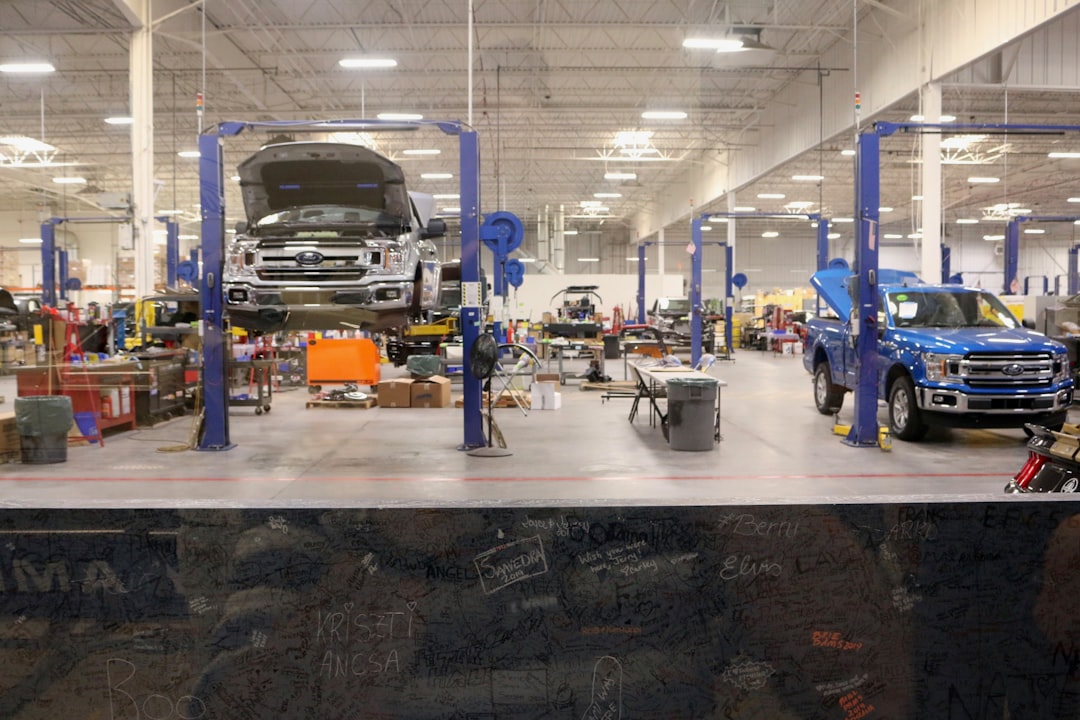
The automotive industry’s opposition to California’s mandates has intensified as deadlines approach. The Alliance for Automotive Innovation, a trade group representing automakers, had pushed hard for Congress to step in and overrule California because they argue that consumer demand for EVs is not strong enough to support California’s targets, warning that meeting requirements would “take a miracle.” Automakers like Toyota have warned it is unattainable, potentially limiting consumer choice and burdening manufacturers, highlighting the industry’s struggle to meet aggressive timelines. While some carmakers like Tesla are selling more than enough ZEVs to meet the mandate, it’s estimated that sale rates for other manufacturers hover at 10% to 12%, creating a massive gap between leaders and laggards. The industry’s resistance isn’t just about economics – it’s about survival in a rapidly changing market.
Consumer Demand Remains the Wild Card
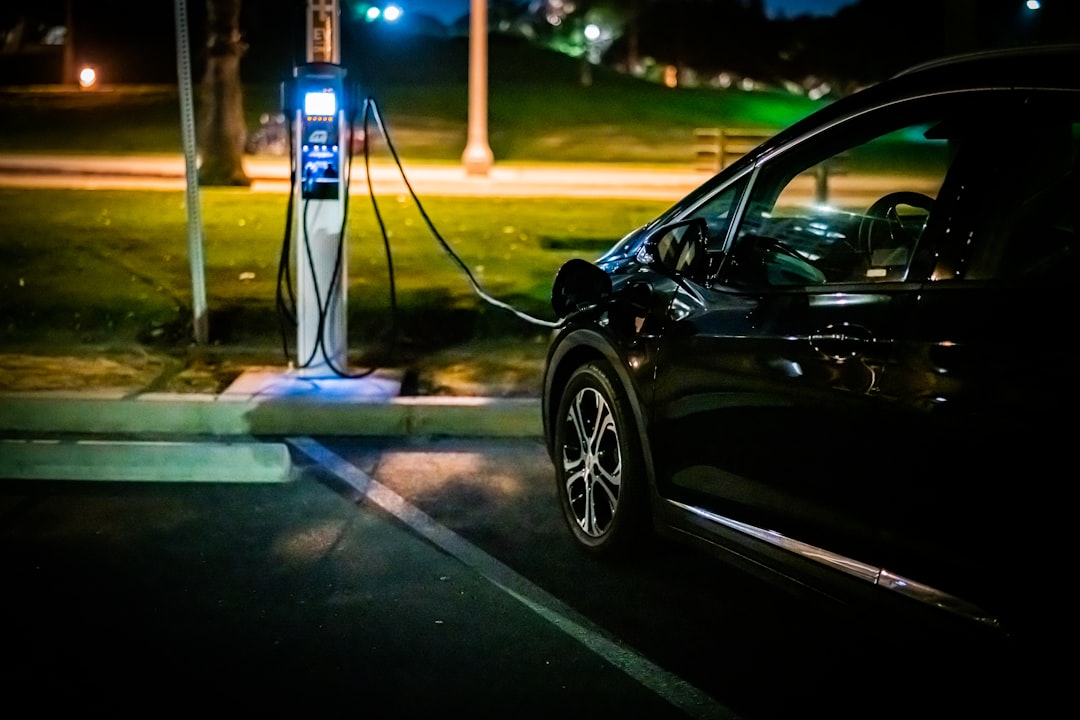
The success of California’s mandate ultimately depends on whether consumers embrace electric vehicles at the required pace. Strong growth in demand for these vehicles is crucial, but is not materializing, forcing auto manufacturers to manage the availability of gasoline-powered vehicles to drive up their prices. California’s 2026 zero-emission car mandate of 35% is unrealistic given current market conditions. With electric vehicle sales at only 20%, the mandate outpaces consumer demand, according to some analysts. Zero-emission mandates favor the rich and are a costly way of reducing carbon emissions. Zero-emission mandates on new vehicles encourage folks to cling to their old fuel-powered vehicles longer, especially those people who can’t afford new EVs, creating unintended consequences. The question isn’t whether the technology works – it’s whether people will buy it fast enough.
Federal Support Hangs in the Balance
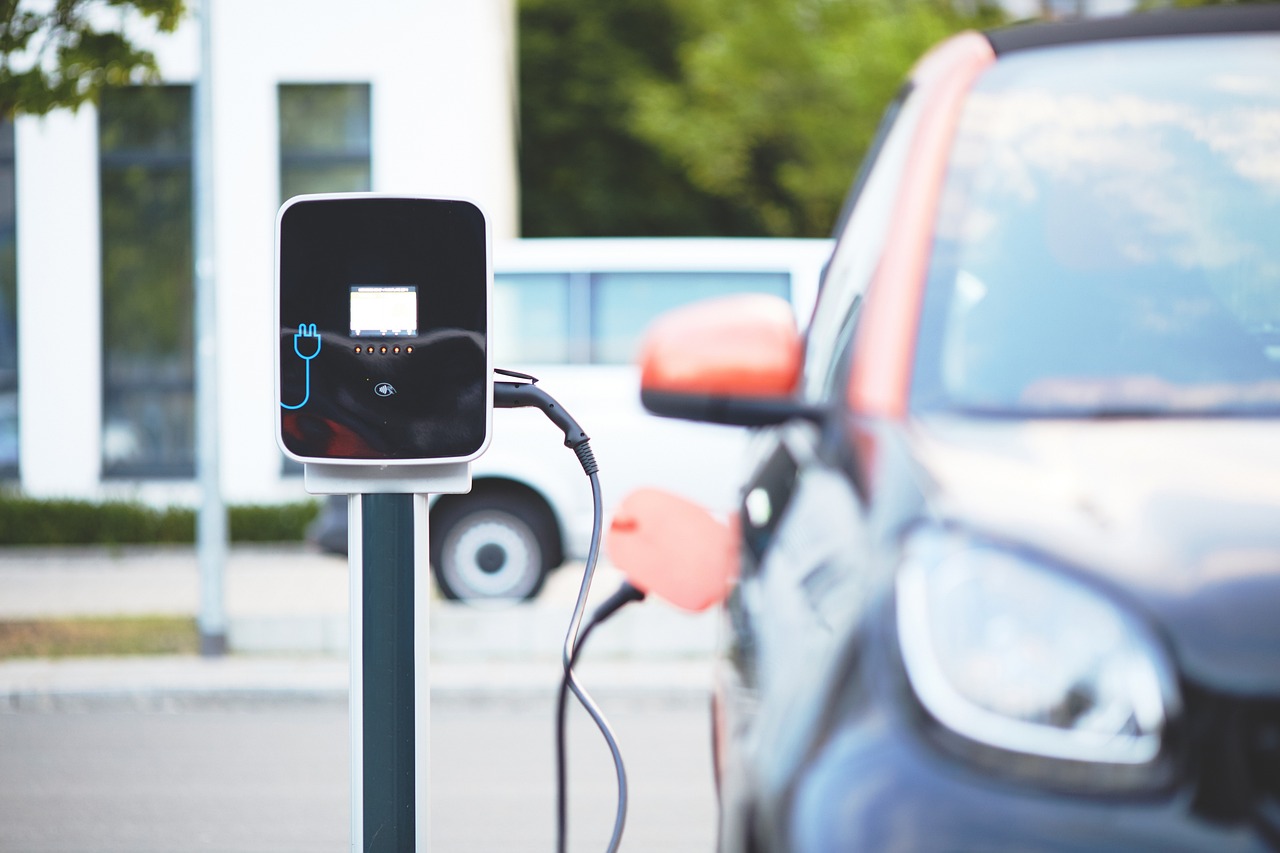
The federal government’s role in supporting California’s mandate faces unprecedented uncertainty under the Trump administration. Trump has pledged to eliminate the $7,500 federal tax credit for zero-emission vehicle purchases, but Newsom has promised to keep it going with state funds, setting up a financial tug-of-war. In 2024 we hit a 25% new market share for ZEVs, as many new cheaper models became available, so hitting 35% should be feasible, unless Trump eliminates the $7,500 tax credit and adds tariffs to cheaper ZEV foreign makers like BYD, making the mandate impossible to achieve. The Trump administration has vowed to overturn California’s stringent standards, creating a federal-state showdown over environmental policy. The state, however, faces a $12 billion deficit, limiting California’s ability to replace federal support with state funds.
Heavy-Duty Vehicles Face Their Own Revolution
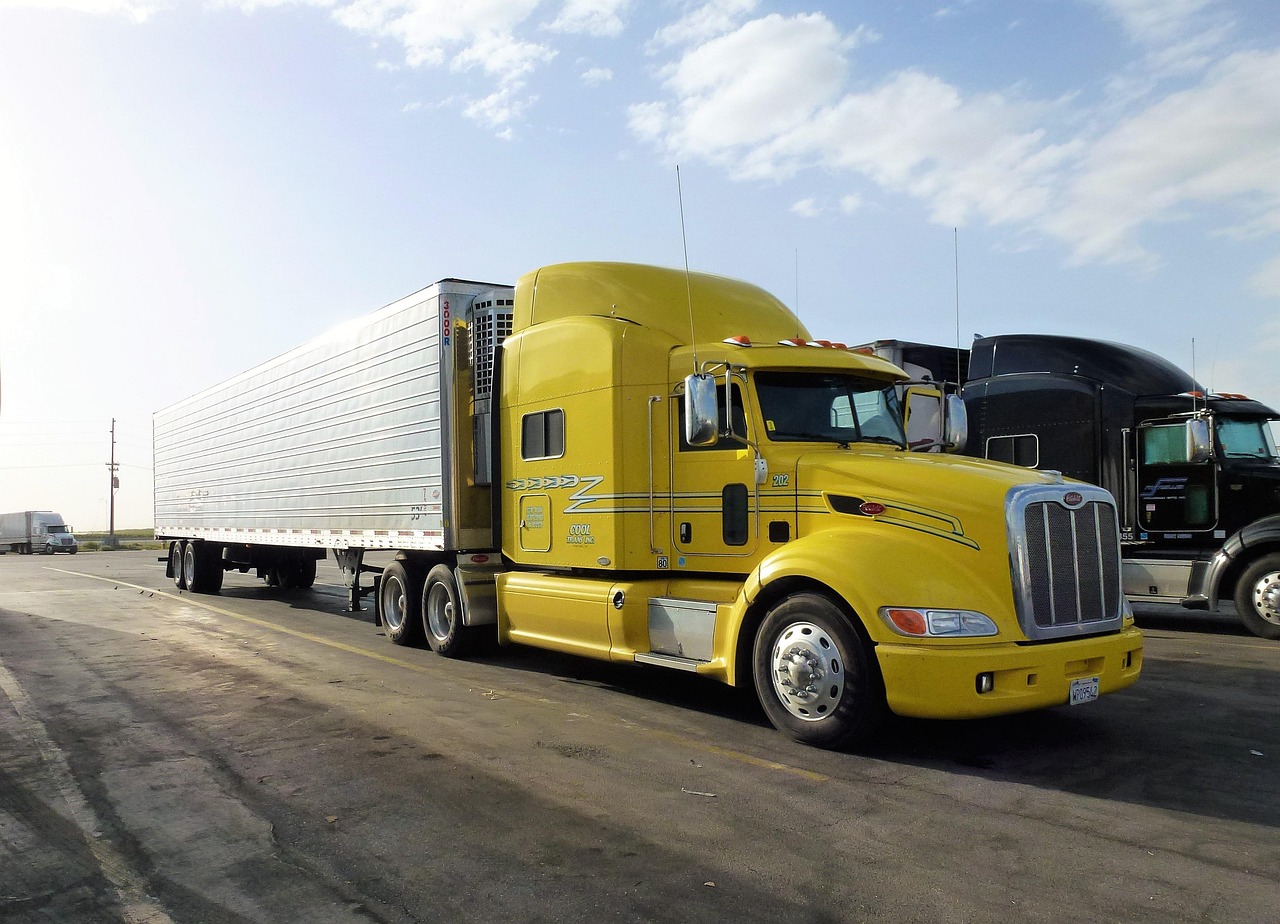
California’s zero-emission mandate extends beyond passenger cars to include commercial trucks and buses. The Senate also in a 51-45 vote today blocked California’s 2020 Advanced Clean Trucks rule, an unprecedented measure that requires manufacturers to meet ramped-up targets for zero-emission heavy and medium-duty trucks for 2024 through 2035, showing the political resistance to commercial vehicle electrification. By 2035, zero-emission truck/chassis sales would need to be 55% of Class 2b-3 truck sales, 75% of Class 4-8 straight truck sales, and 40% of truck tractor sales, creating massive transformation requirements for the trucking industry. From 2024, all trucks added to the California fleet must be ZEVs. From 2025, internal combustion engine (ICE) vehicles must be removed from the fleet once they exceed a useful life period of 18 years for high-priority fleets. The commercial vehicle transformation might be even more challenging than passenger cars.
Economic Impacts Create Winners and Losers
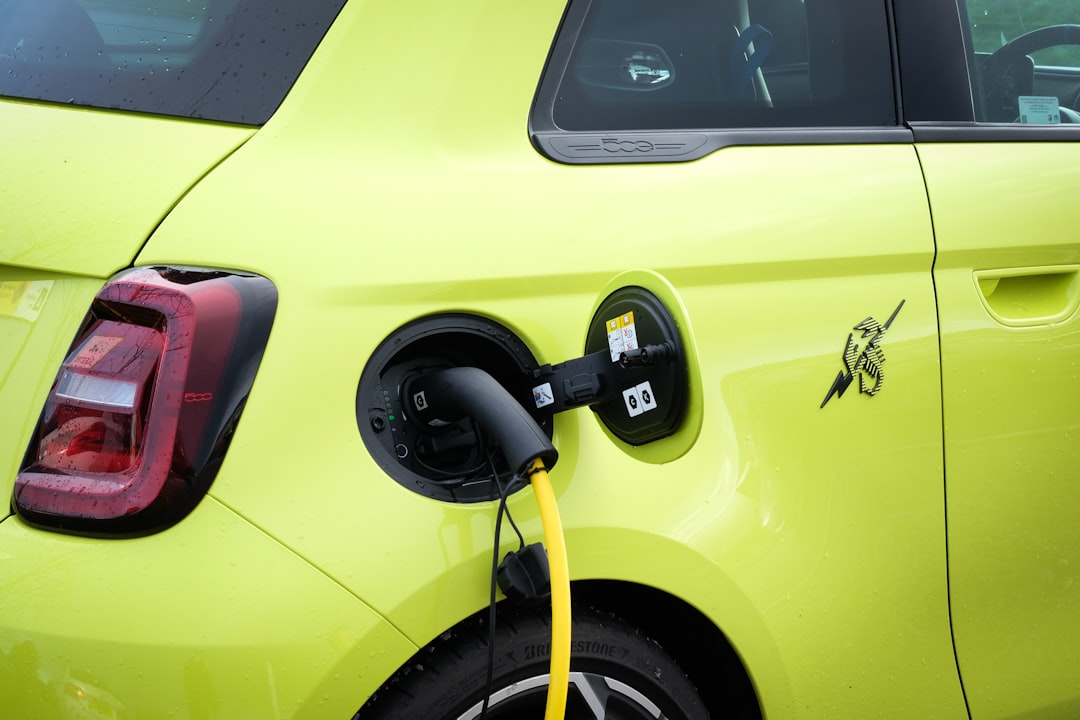
The economic consequences of California’s ZEV mandate ripple through multiple industries and income levels. CARB suggests that battery-electric vehicles may reach cost parity with conventional vehicles by 2030, and by 2035, consumers could realize up to $7,900 in maintenance and operational savings over the first 10 years of ownership, creating long-term financial benefits for buyers. According to Consumer Reports, lifetime ownership costs of all nine of the most popular EVs on the market below $50,000 were “many thousands of dollars lower than all comparable ICE vehicles’ costs, with most EVs offering savings of between $6,000 and $10,000”, suggesting significant consumer benefits. For the consumer, ZEV buyers are likely to realize as much as $7,900 in maintenance and operational savings over the first 10 years of ownership. Additionally, Rhode Island imports gas and diesel fuels, so in theory with the adoption of more electric vehicles, the need for imported fuel would decrease, creating energy independence benefits. However, the upfront costs and charging infrastructure requirements still create barriers for many consumers.
Infrastructure Challenges Loom Large
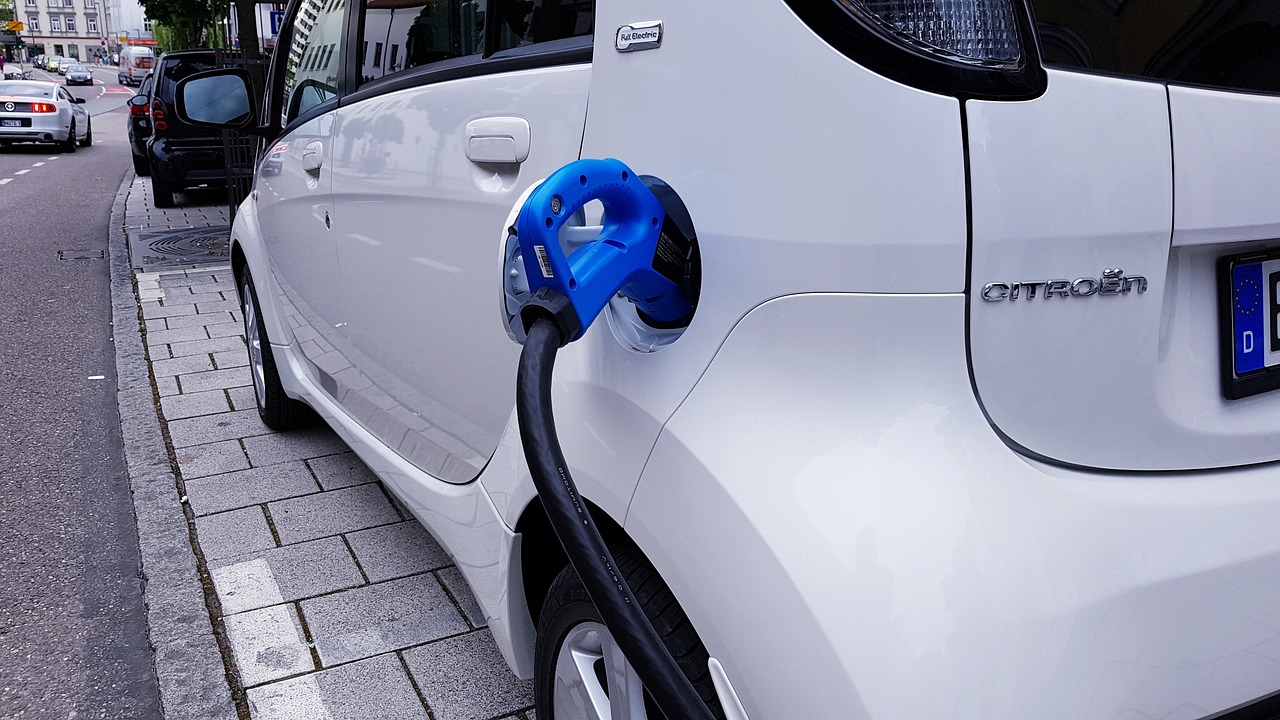
The success of California’s zero-emission mandate depends heavily on building adequate charging infrastructure across the state. It also includes several other components aimed at ensuring that the necessary infrastructure is in place to allow for the transition to a fully electric fleet, acknowledging that vehicles alone won’t solve the puzzle. Federal funding for corridor charging will also be available under the Infrastructure Investment and Jobs Act. The ACT regulation provides market certainty that will help unlock additional charging infrastructure investments from utilities and charging station developers, showing how policy creates investment incentives. For model years 2026 and later, the on-board charger must have a minimum output of 5.76 kW or sufficient power to enable a complete charge in less than 4 hours, establishing technical requirements for faster charging. The infrastructure challenge isn’t just about quantity – it’s about convenience, reliability, and equity in access.
Environmental Justice Drives Policy Forward

California’s ZEV mandate targets some of the state’s most polluted communities, where air quality directly impacts public health. Residents in inland parts of the LA basin breathe unhealthful air more than 100 days a year, making emissions reduction a public health imperative. Cars and trucks are a major source of the carbon dioxide emissions that are warming the planet. Increasingly, California has become a global leader in reducing the carbon emissions that fuel climate change, and zero-emission vehicles are a key part of those climate policies, connecting local air quality to global climate action. To meet California’s health-based air quality standards and greenhouse gas emission reduction goals, the cars we drive and the fuel we use must get as close as possible to zero emission, establishing the health justification for the mandate. The environmental justice argument provides moral urgency that transcends political and economic debates.
The Legacy of California’s 1990 Mandate
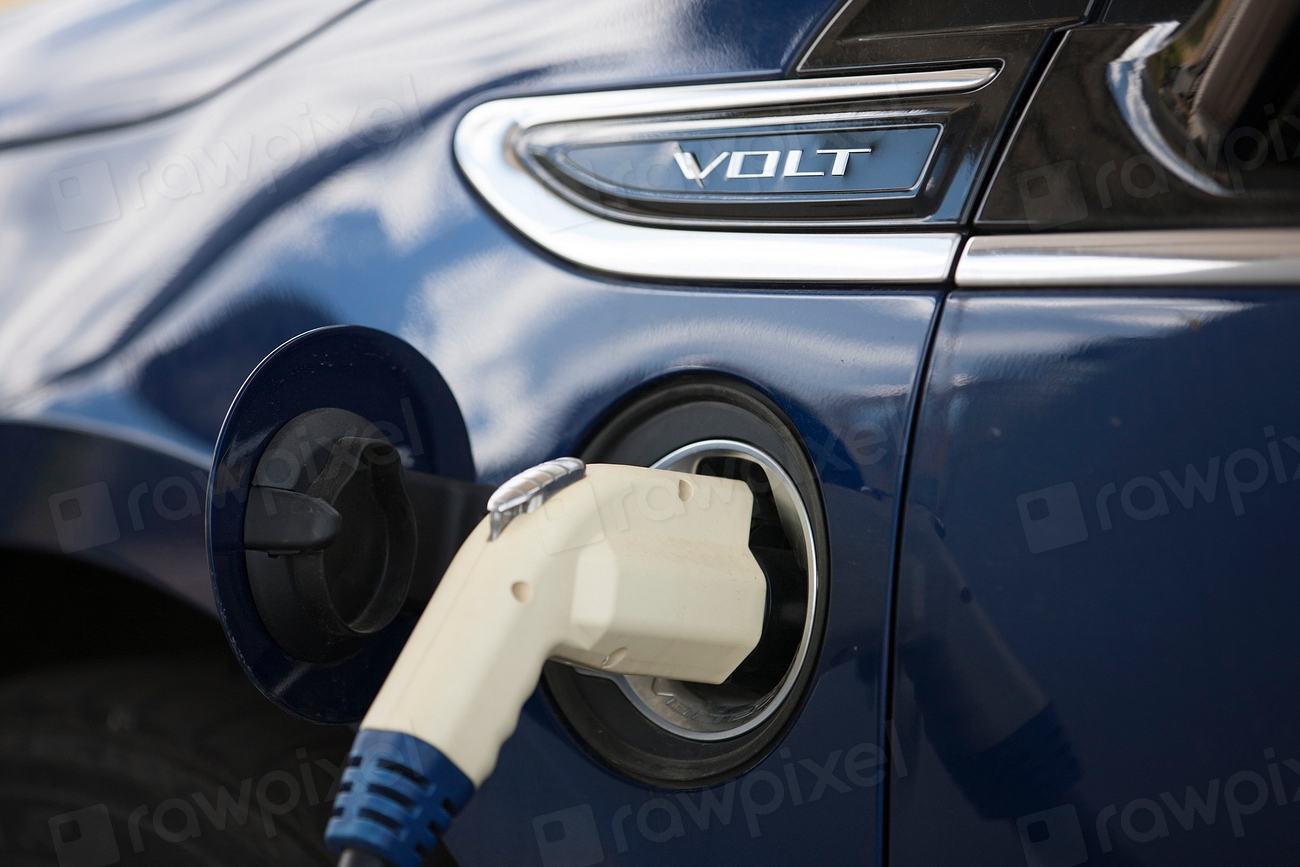
California’s current zero-emission mandate builds on more than three decades of environmental leadership that began with groundbreaking 1990 legislation. The California Zero-emission Vehicle Mandate of 1990, implemented by the California Air Resources Board (CARB), required a percentage of new vehicle sales to be emission-free, leading to significant advancements in electric vehicle technology, establishing the foundation for today’s transformation. The mandate called for 2% of all new light-duty vehicle sales to be emission-free starting from 1998, a figure that would skyrocket to an ambitious 10% in just five years, showing how policy can drive technological innovation. The significant increases in electric vehicle sales that are now being reported both within California and nationwide have been made possible thanks to regulatory policies like those imposed by the ZEV Mandate, demonstrating the long-term impact of sustained policy commitment. This historical perspective shows that California’s current mandate isn’t revolutionary – it’s evolutionary, building on decades of proven policy success.
California’s zero-emission vehicle mandates represent more than environmental policy – they’re reshaping the entire automotive industry and challenging the fundamental assumptions about how Americans will drive in the future. The battle lines are drawn between federal and state authority, between economic interests and environmental goals, and between the status quo and transformational change. Whether this ambitious experiment succeeds or fails will determine not just California’s environmental future, but the direction of American transportation for generations to come.

